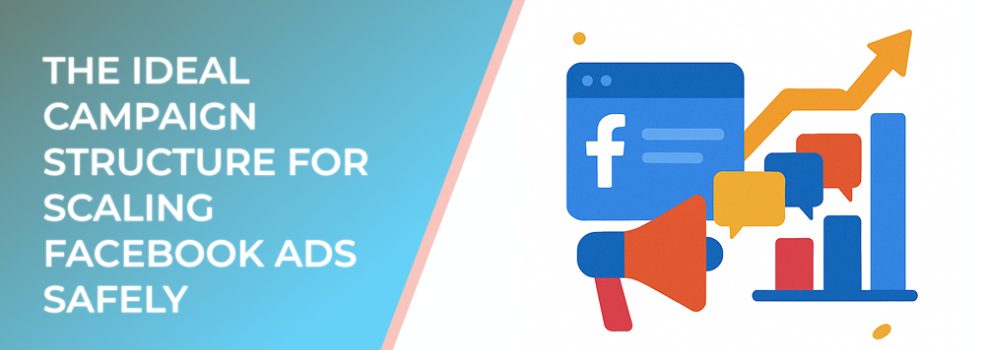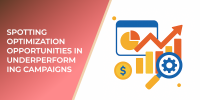Scaling is one of the biggest challenges advertisers face on Facebook. Without a proper structure, campaigns often suffer from cannibalization, rising costs, and poor attribution. According to Meta, advertisers that use structured testing and scaling approaches achieve 20–30% higher return on ad spend (ROAS) compared to those without a framework.
A well-organized campaign structure ensures you can grow budgets, test effectively, and optimize performance without disrupting stability.
The Core Elements of an Ideal Campaign Structure
1. Define Clear Campaign Objectives
Start with specific objectives aligned to the marketing funnel:
-
Awareness: Reach, video views
-
Consideration: Traffic, engagement, leads
-
Conversion: Sales, purchases, app installs
Choosing the right objective ensures your scaling efforts drive measurable results.
2. Organize Campaigns by Funnel Stages
A full-funnel structure makes scaling safer:
-
Top of Funnel (TOF): Broad targeting, brand awareness ads
-
Middle of Funnel (MOF): Retargeting engaged users, lead nurturing ads
-
Bottom of Funnel (BOF): Conversion-focused ads to drive purchases
This layered approach prevents overspending on cold audiences while capturing demand at every stage.
3. Limit Audience Overlap
Ad set cannibalization can inflate costs. Use distinct audiences for each ad set to avoid overlap. Tools like Facebook’s Audience Overlap report help identify conflicts. Research shows that overlapping ad sets can waste up to 15% of ad spend.
4. Maintain Creative Diversification
Each campaign should test multiple creatives per ad set. Testing different formats—images, carousels, videos—ensures you have backup performers as fatigue sets in. Meta data shows that advertisers who refresh creatives every 10–14 days see up to 40% longer performance sustainability.
5. Use CBO (Campaign Budget Optimization) Strategically
Campaign Budget Optimization allows Facebook to distribute spend across ad sets dynamically. While CBO is effective for scaling, it should be paired with strong ad set segmentation to maintain control.
6. Implement Incremental Scaling
Instead of doubling budgets overnight, increase spend gradually by 20–30% every 3–4 days. This prevents campaigns from resetting the learning phase and keeps performance stable.
7. Track Performance With Proper Attribution
Scaling without accurate attribution is risky. Use Facebook’s conversion API and pixel to capture complete data. Advertisers with strong attribution frameworks are 25% more efficient in scaling.
Best Practices for Safe Scaling
-
Document all tests and scaling adjustments for consistency
-
Regularly review frequency to avoid ad fatigue
-
Balance automation with manual controls for flexibility
-
Prioritize ROAS over vanity metrics when evaluating scale
The Long-Term Payoff
The ideal campaign structure doesn’t just make scaling safe—it makes it sustainable. By aligning objectives, organizing funnel stages, reducing overlap, and scaling incrementally, brands can increase ad spend while protecting efficiency and profitability.
Suggested Further Reading
For more insights on Facebook Ads strategies, explore these articles:

